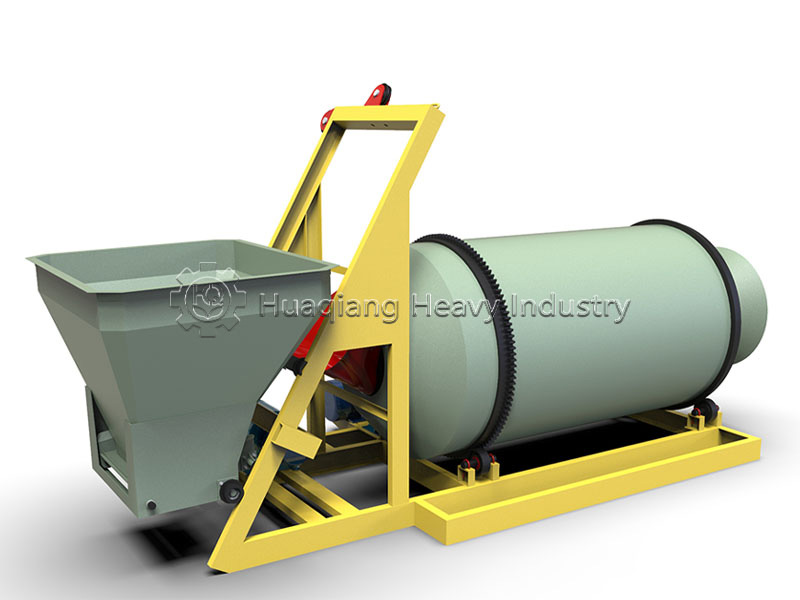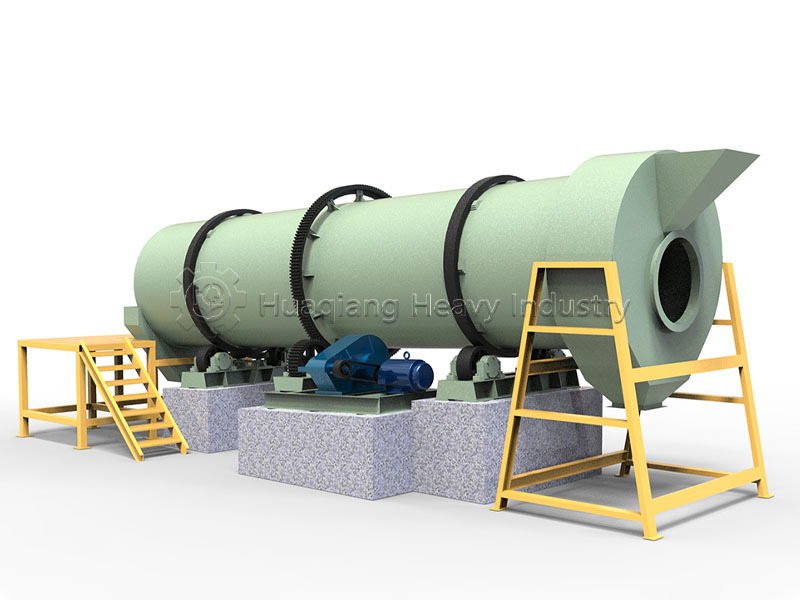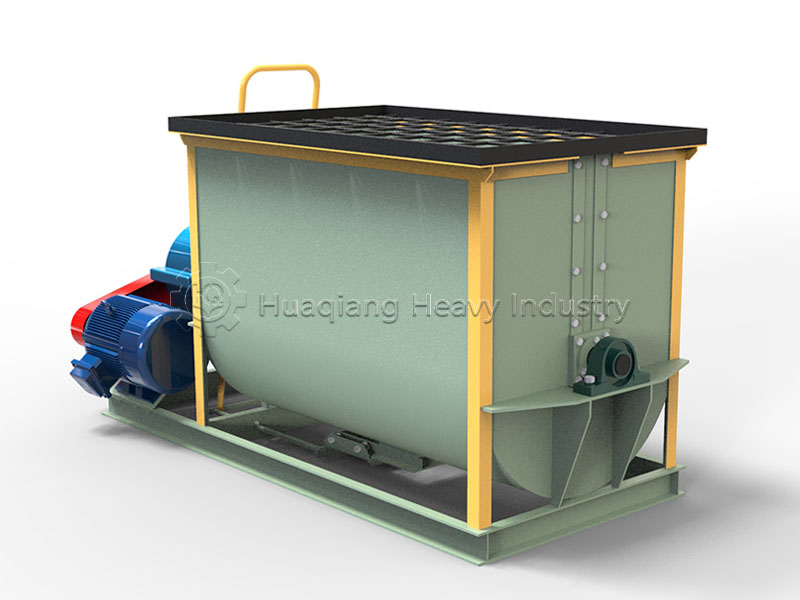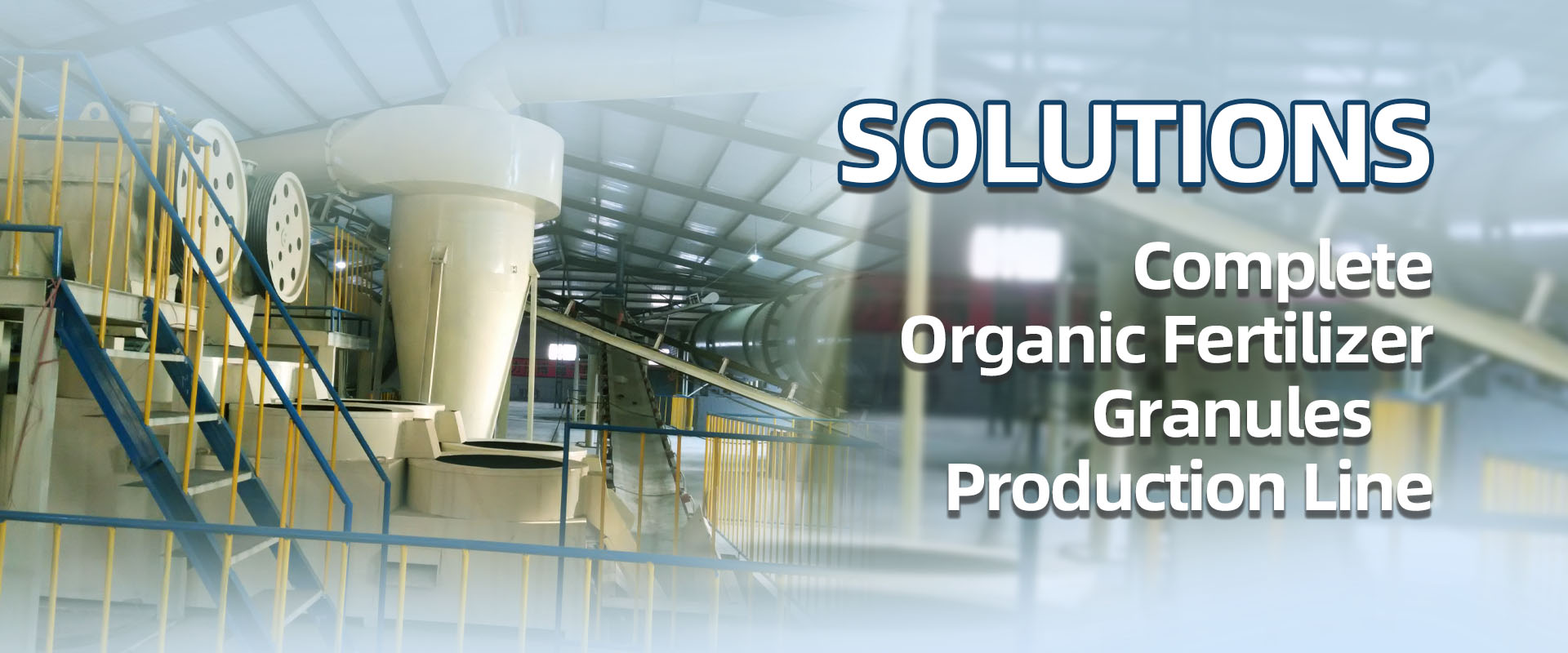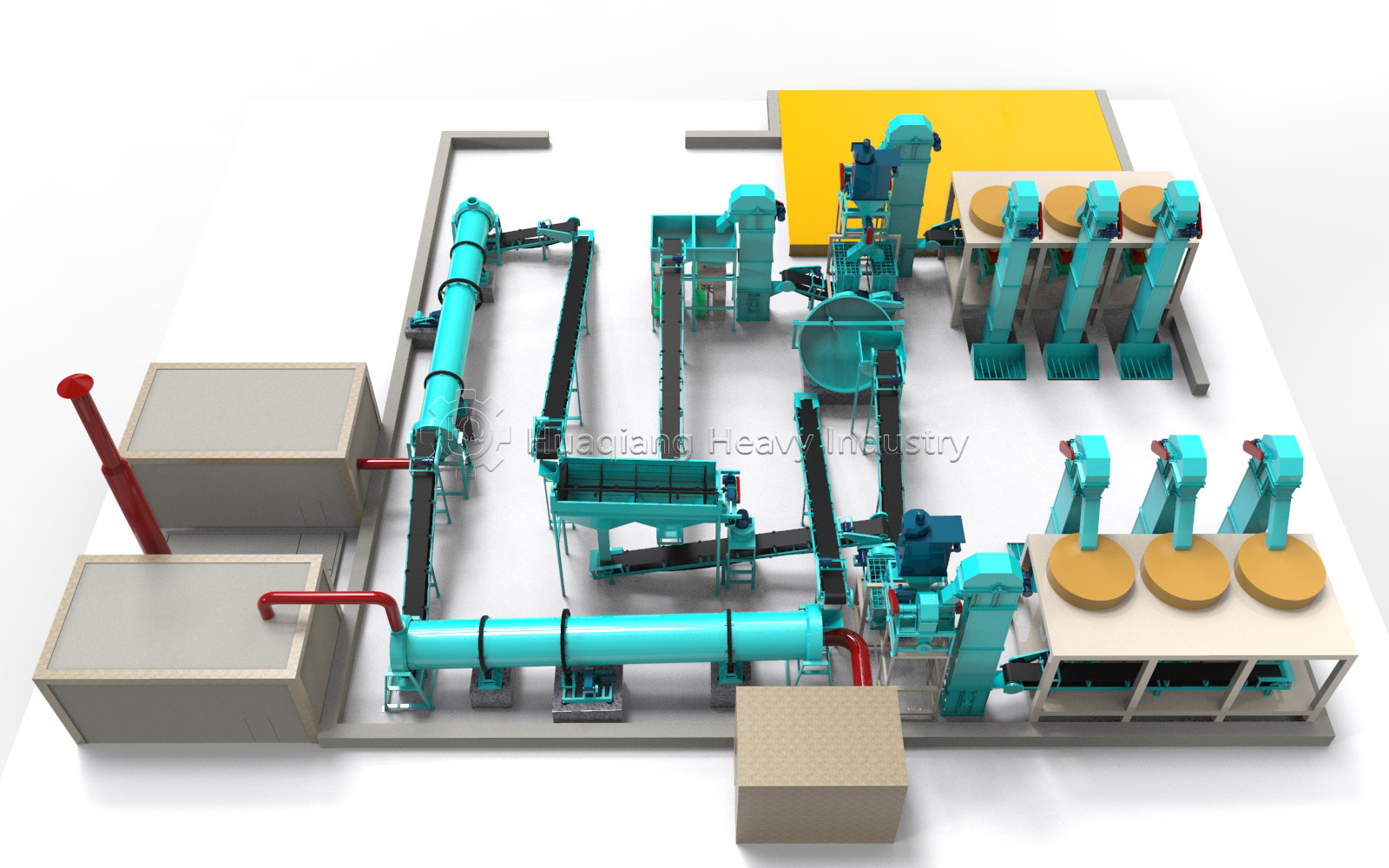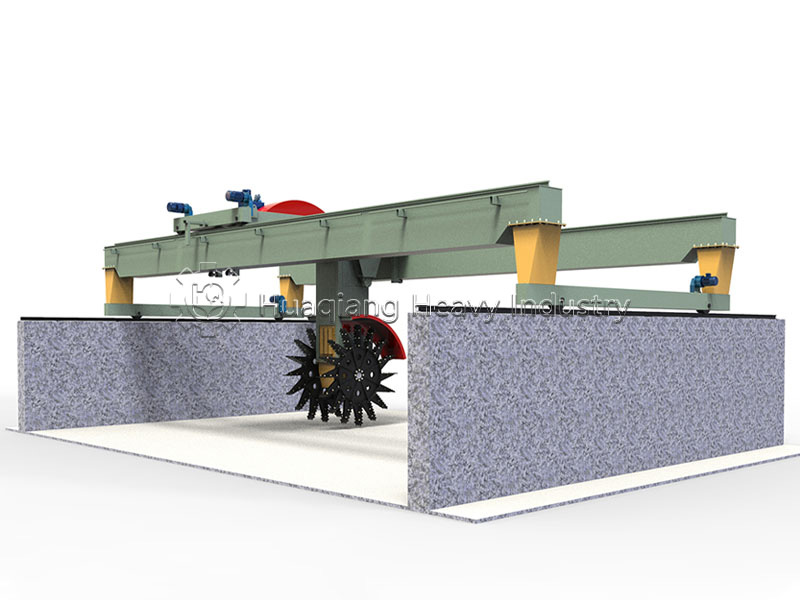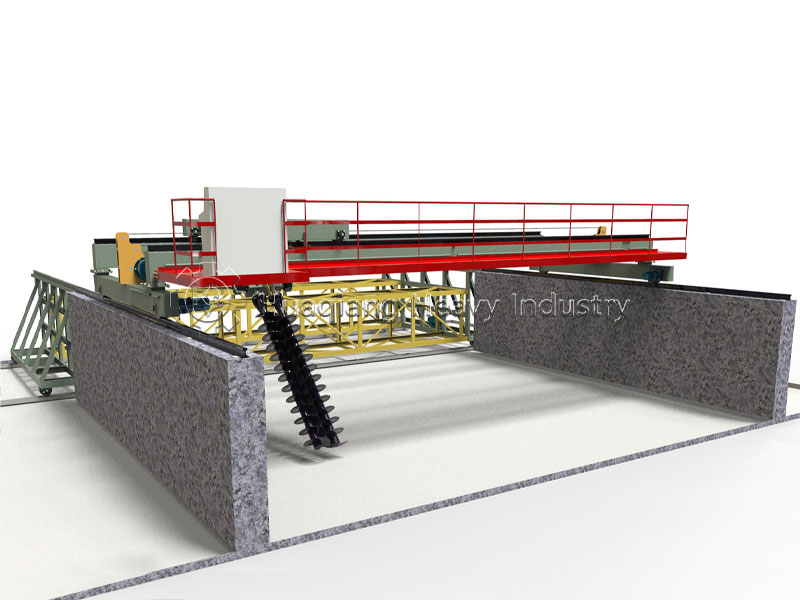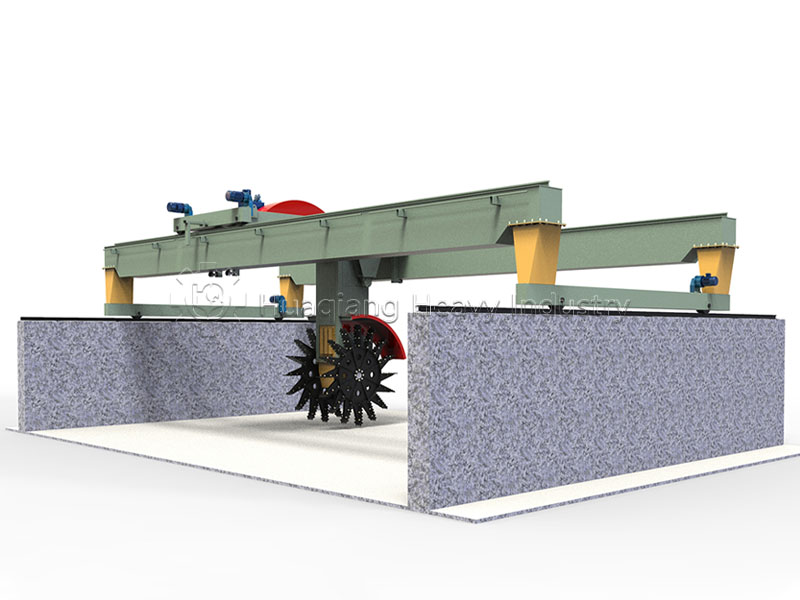In the process of green transformation in modern agriculture, a complete bio-organic fertilizer production line is no longer merely a channel for processing organic waste, but a value-enhancing system integrating multiple technologies. Relying on specialized bio-organic fertilizer equipment, it transforms fermented and decomposed materials into high-value-added products through precise processing. Fertilizer granules compaction technology is becoming a core driving force for product upgrading.
The core value of an advanced bio-organic fertilizer production line lies in system integration. From precise fermentation at the front end to finished product processing at the back end, various bio-organic fertilizer equipment do not operate in isolation, but are seamlessly connected through intelligent control. This ensures stable and controllable operation throughout the entire process from raw materials to finished products, providing a fundamental guarantee for producing high-quality, highly active bio-organic fertilizer.

At the back end of the production line, the introduction of fertilizer granules compaction technology marks a crucial leap from “functionalization” to “commercialization.” This technology, through physical extrusion, transforms loose, powdery organic fertilizer into dense, regular pellets.
In fact, the integration of fertilizer granules compaction technology with bio-organic fertilizer equipment is driving the upgrading of the entire bio-organic fertilizer production line. The granular product form makes bio-organic fertilizer as convenient to use as traditional chemical fertilizers in the market, greatly increasing the acceptance of end users.
